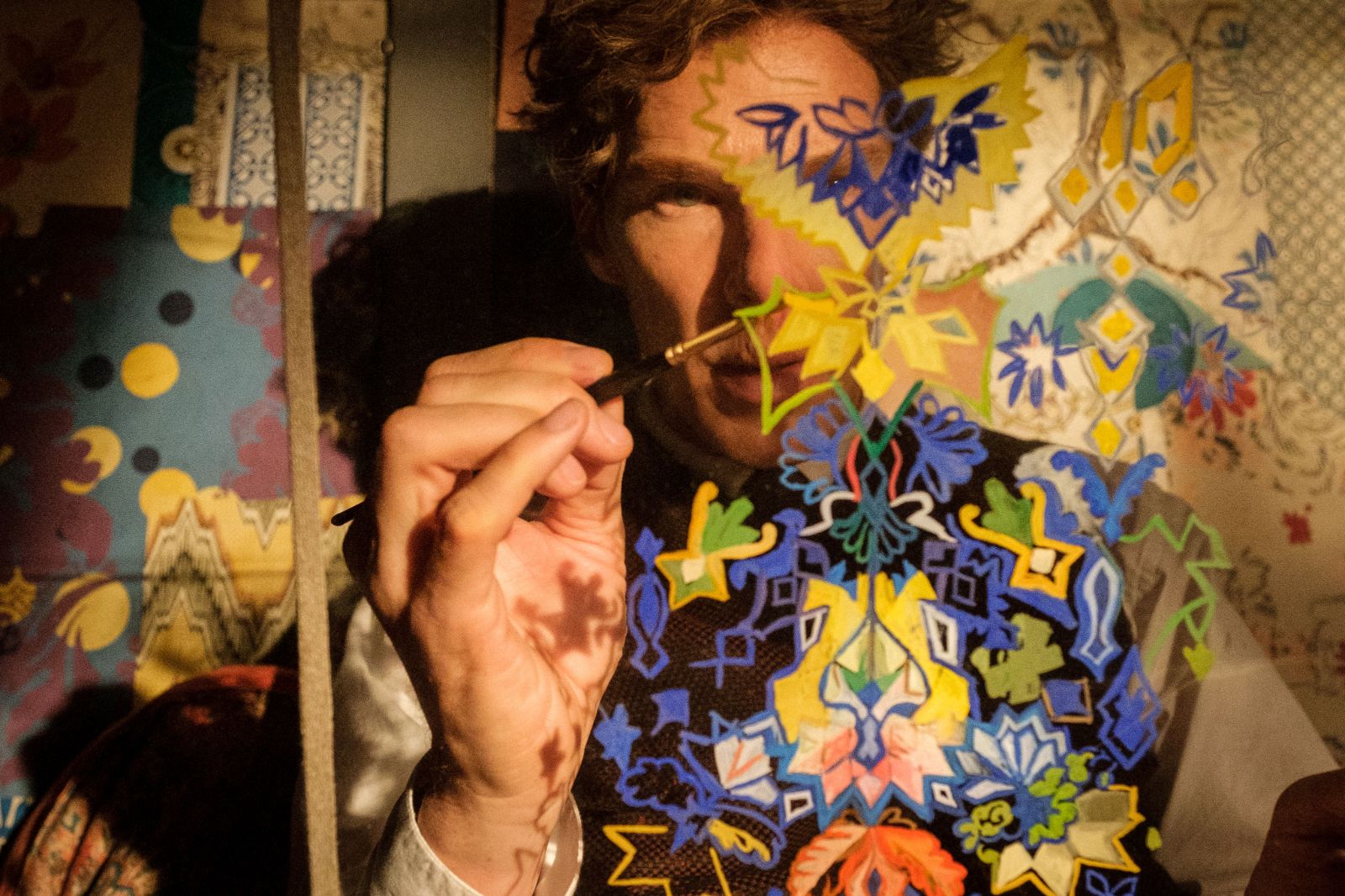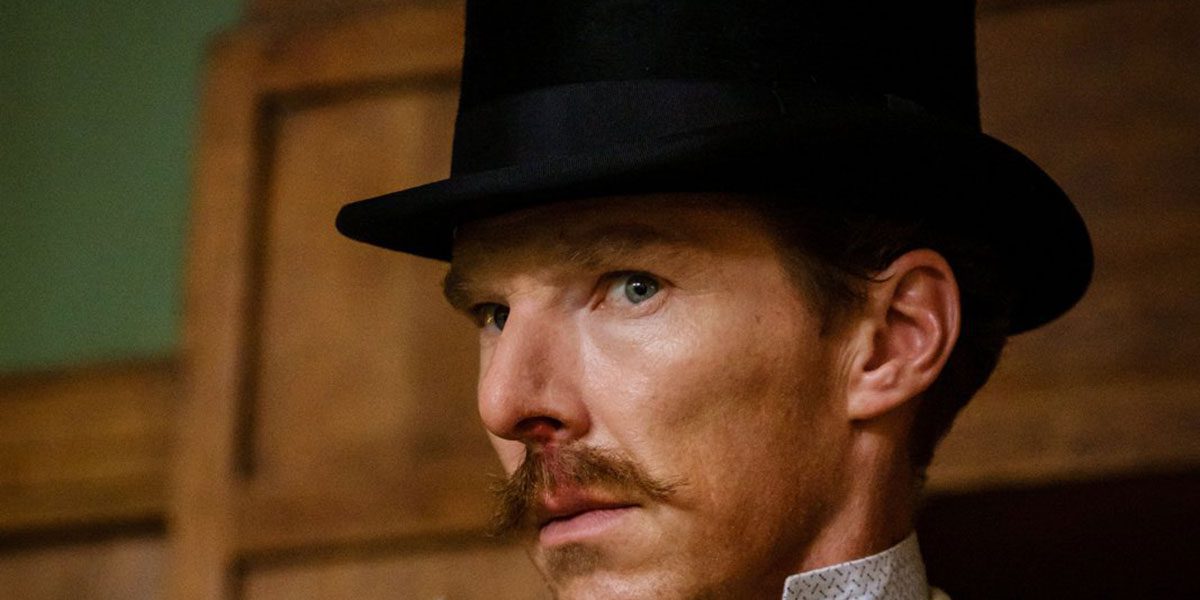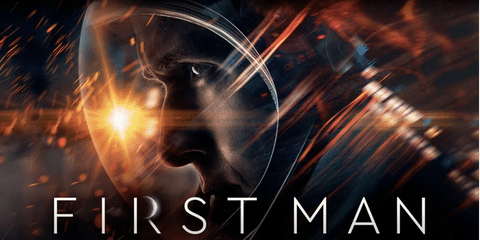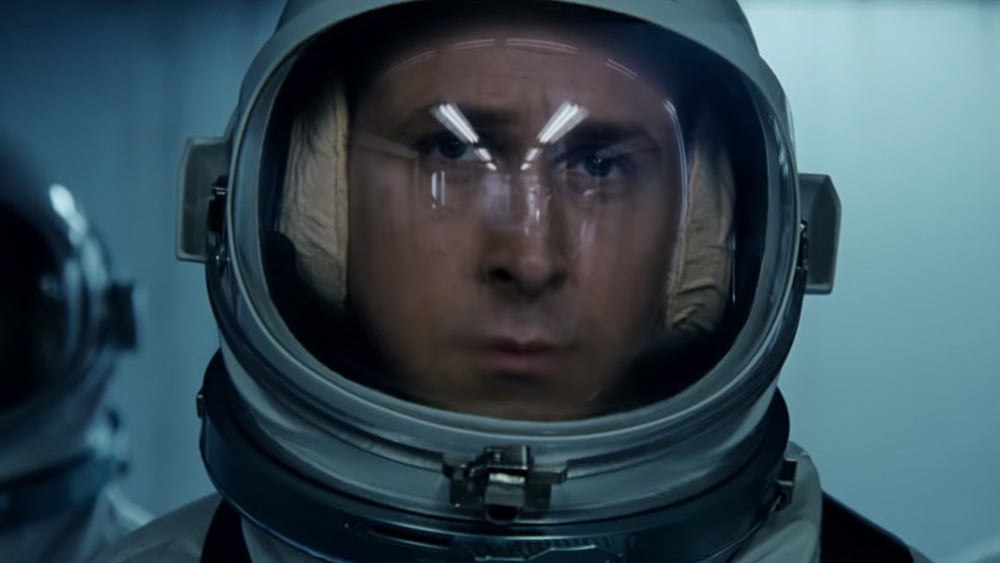
All of Us Strangers: Haunted by the Past
Sometimes, the ghosts that haunt us are the ones that still shape us. Written and directed by Andrew Haigh, All of Us Strangers tells the story of Adam (Andrew Scott), a London resident who has a chance encounter with mysterious neighbour Harry (Paul Mescal). Immediately, there is an undeniable attraction between the two men and they strike…




